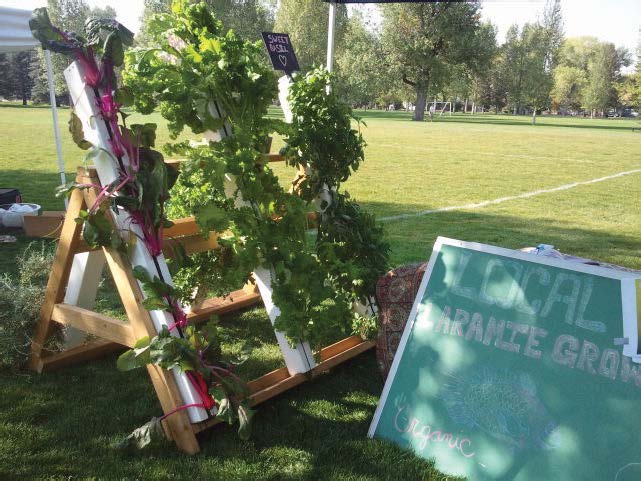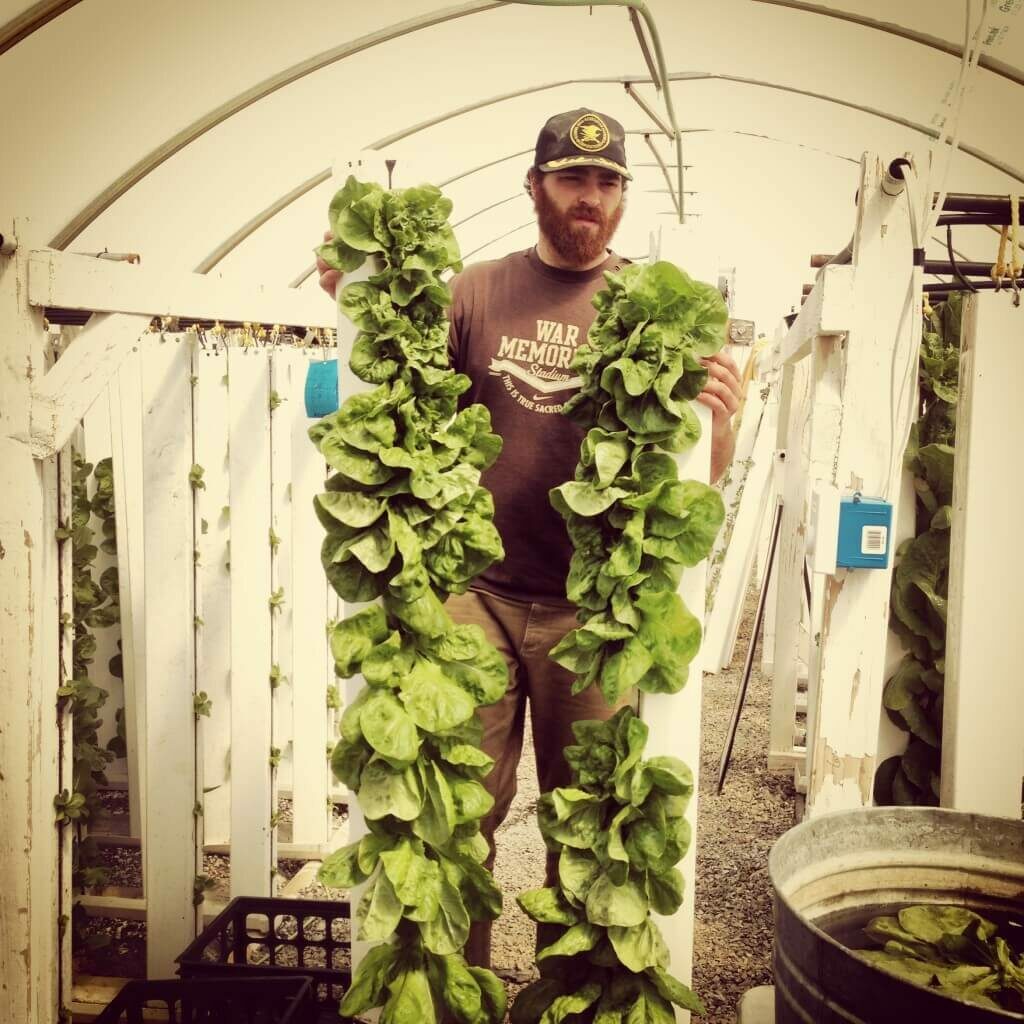Old fundraising projects are tired.
I grew up in a neighborhood flanked on two sides by schools. While having students around kept the neighborhood lively and cheerful, we had so many schoolkid visitors selling wrapping paper, candles, and soup mixes that we started developing a tick every time we heard a knock on the door.
 It was awkward. Let’s be honest here- nobody wants to buy another tin of caramel corn. We just do it because we can’t say no without feeling like a cold-hearted monster.
It was awkward. Let’s be honest here- nobody wants to buy another tin of caramel corn. We just do it because we can’t say no without feeling like a cold-hearted monster.
There was one fund-raiser, however, that we always paid for and appreciated. The local high school football team aerated our lawn every spring. It stuck out because it was a service that people actually needed. (Not that people don’t need more baked goods and expensive wrapping paper, but well. They don’t.)
Wouldn’t it be great to have a fundraising project that people wanted? Can you imagine hosting a fundraiser that both students and community were excited about?
We can! Because weve seen it happen using classroom hydroponics.
Back up. What is hydroponics?
Hydroponics is a method of growing plants without soil, using water to deliver nutrients and some kind of media to provide support to plant roots. Some equipment, like ZipGrow Towers, even combines hydroponics with vertical farming.
Coincidentally, vertical hydroponics using towers is also simple and often mobile.
This makes it a perfect addition to classrooms, as many educators around the country have – and still are – discovering.
Because the concepts used to bring vertical hydroponics to life are so versatile, classroom hydroponics is being used in all grades, from kindergarten to grad students. Pretty great, right?
As more and more educators, stay-at-home-ers, and small farmers adopt vertical hydroponics, more uses are being discovered for it.
On an educational level, hydroponics open up opportunities to teach students about critical thinking and the food system, environmental impacts of agriculture, chemistry, physical science, biology, and math.
Some educators have even taught finance and marketing using vertical hydroponics.
Which brings us back to the dream fundraiser- the one that everybody wants. Remember that?
Because towers are so lightweight and five feet long, theyre easy to move around. (They even come in smaller sizes for younger children and tight spaces.)
And when you can move the whole growing apparatus, a whole lot of opportunities open up for sales techniques.
Including a little something we like to call Live Sales…
If you’ve ever spent time harvesting or packaging produce before as a small farmer, or if you’ve ever purchased a bunch of decrepit produce at the store, then Live Sales is about to become your best friend.
Live Sales enables the grower (in this case, the educators and the students) to bring their goods (delicious greens) to market (farmers market, CSA, restaurant, or cafeteria) while the crops are still alive. Then the customers (be it chef, student, parents group, or other) harvest their own fresh produce right off the tower and bring it home.
So weve seen the ease and flexibility that Live Sales offers to small farmers.
Now it’s time to see what it has to offer for classroom hydroponic gardens. Let’s talk about what your classroom could do with hydroponic towers.
Live Sales is the new lemonade stand.
 CSA
CSA
Lots of our farmers run CSA in their communities; why shouldn’t you run it in your school?
Consider collecting a group of parents, teachers, and other sponsors to buy shares in a classroom CSA. Then, on a weekly or bimonthly basis for a term (like a semester), the produce from the classroom garden is divided into shares and given out to CSA members.
We have tons of resources on starting a CSA, so don’t miss out on the opportunity.
Farmers Markets
 Most town have a farmers market of some kind. Consider renting a booth and selling produce from live towers at the market.
Most town have a farmers market of some kind. Consider renting a booth and selling produce from live towers at the market.
Depending on your local market, this could mean a special summer program.
Door-to-door delivery
While people may not be interested in buying wrapping paper, who doesn’t love cooking with fresh herbs and greens? Consider selling fresh greens door-to-door.
Pick-your-own
If you want more social engagement, you could host a pick-your-own event for people to come and be educated about the future of food by your students, and harvest their own greens from your classroom hydroponic system.
Internal use
Many schools with hydroponic systems use the produce from the system to spice up and supplement the cafeteria food.
Your turn
What other ideas can we come up with? If you have ideas, leave them in the comments below!
So, self funding: isnt that an improvement? Wouldn’t it be incredible to give students the chance to not only feed their classroom fundraising goals but also feed their communities the healthiest, most local produce possible?
Help your local school start a hydroponics farm.
Donate, organize, help bring fresher food into the school and community while helping kids learn.
What do you think about this concept?
Let us know your thoughts in the comments below.
And, if you like this idea, consider sharing this post with a teacher or someone else concerned about food in schools!







